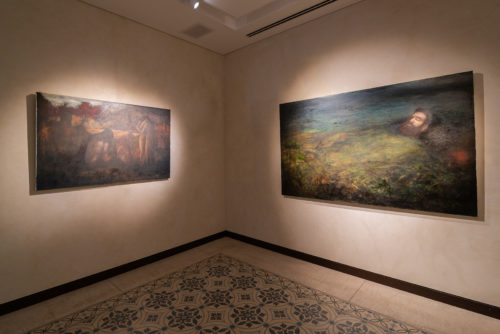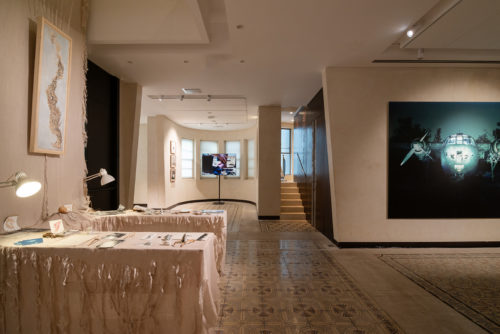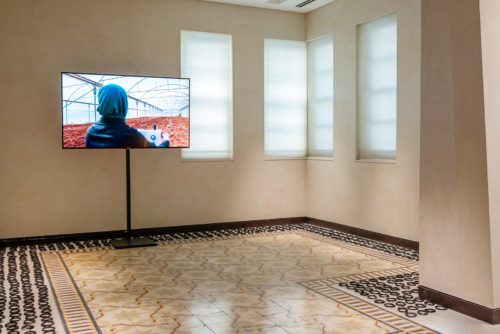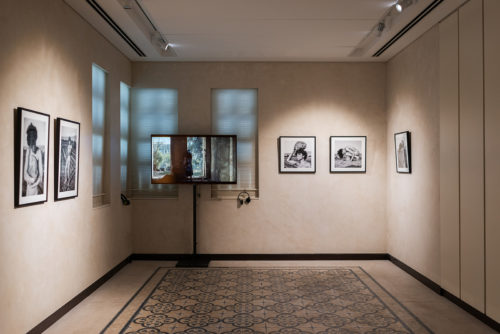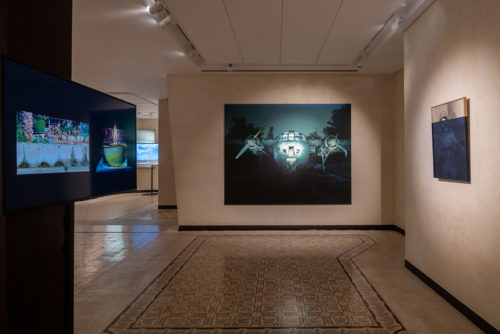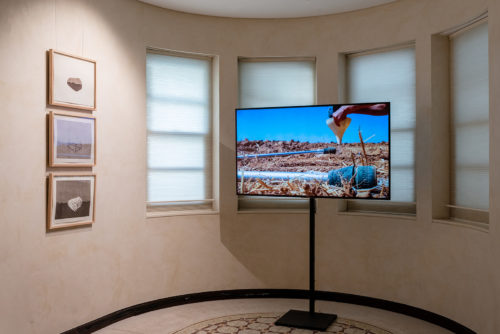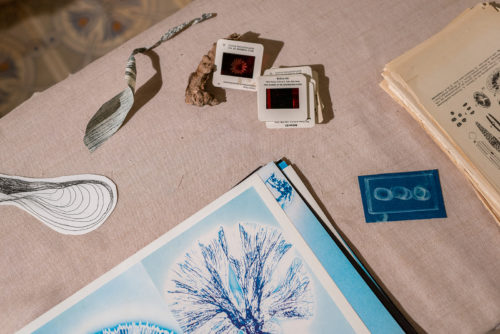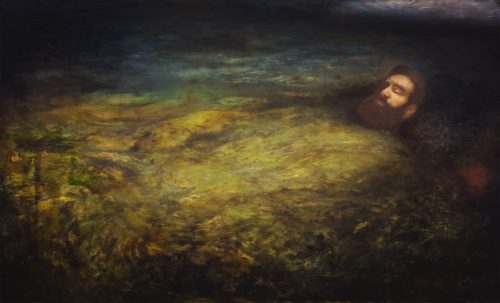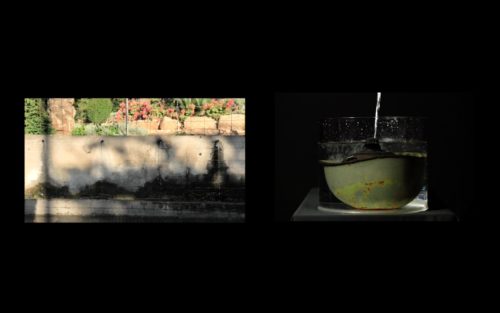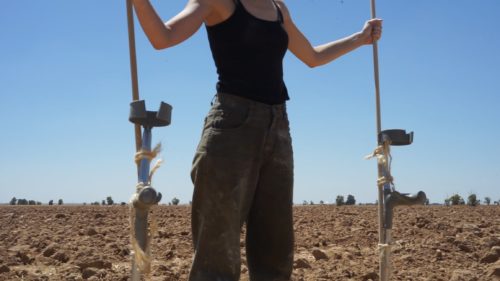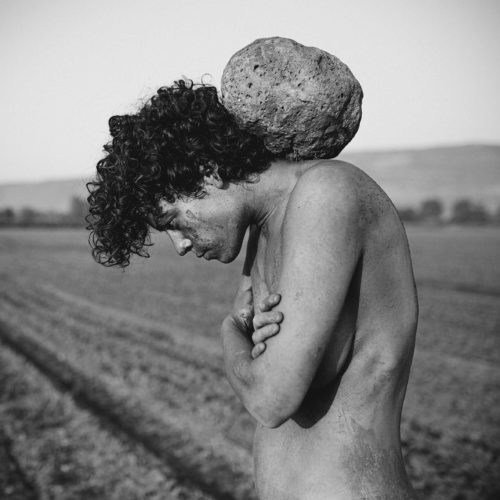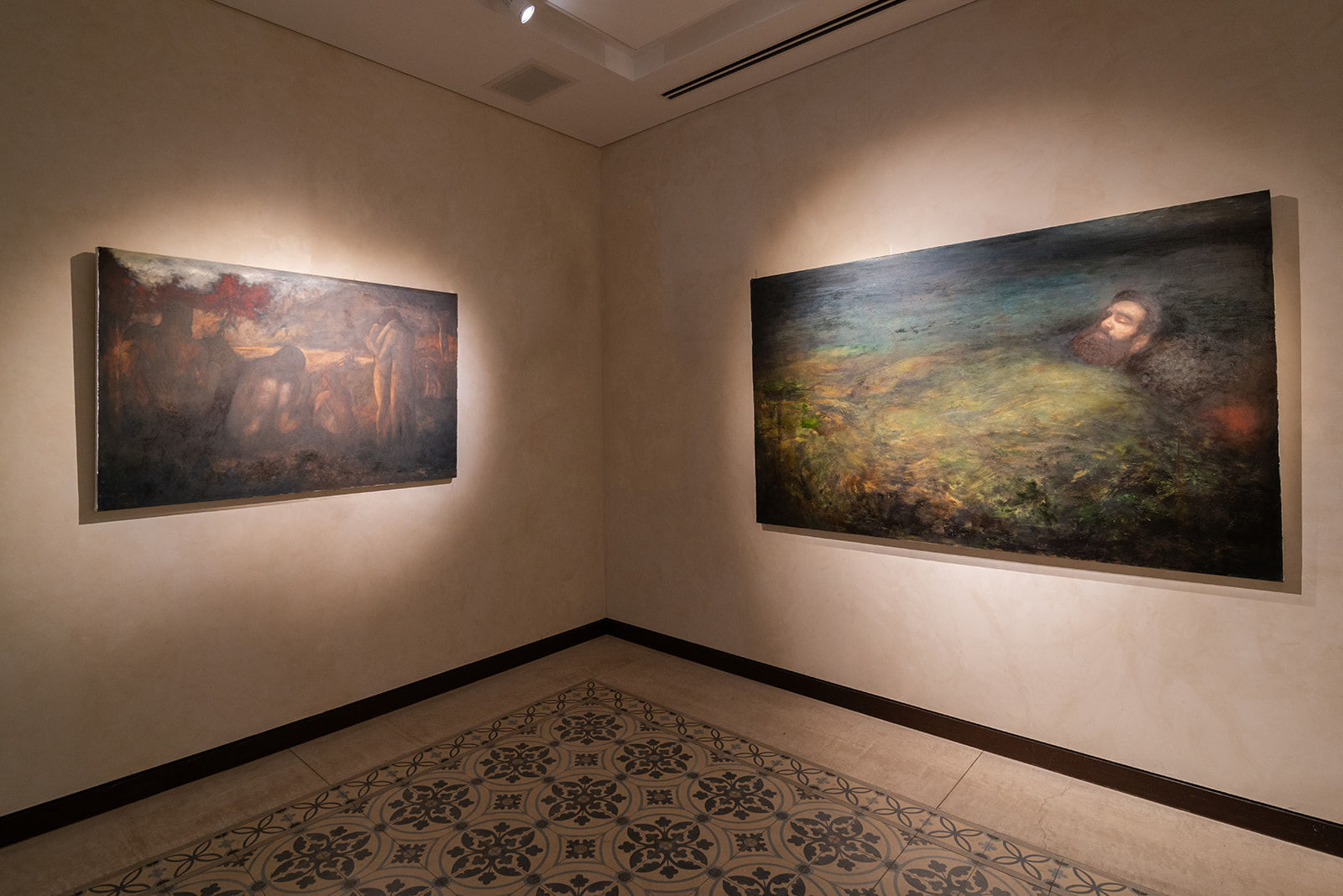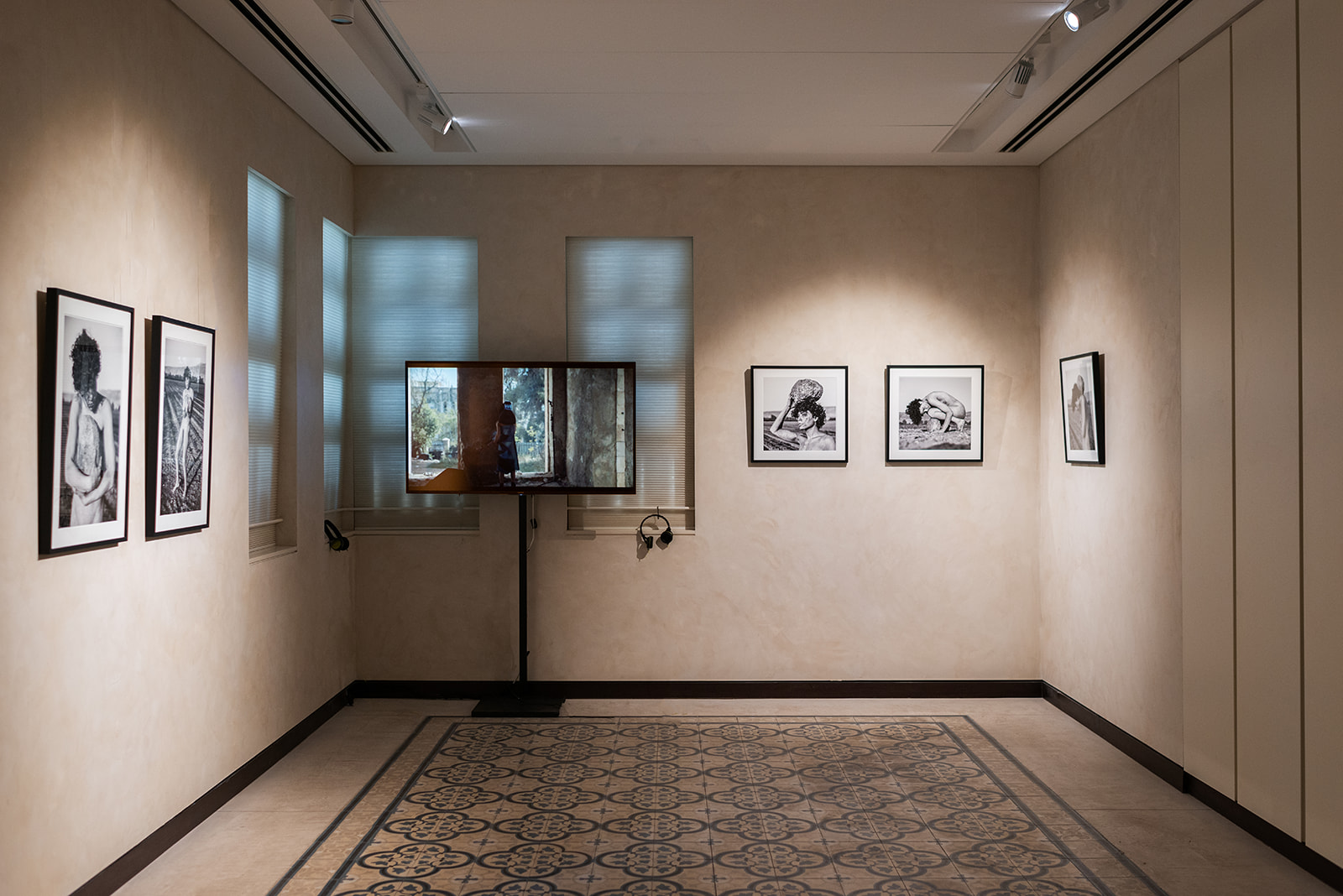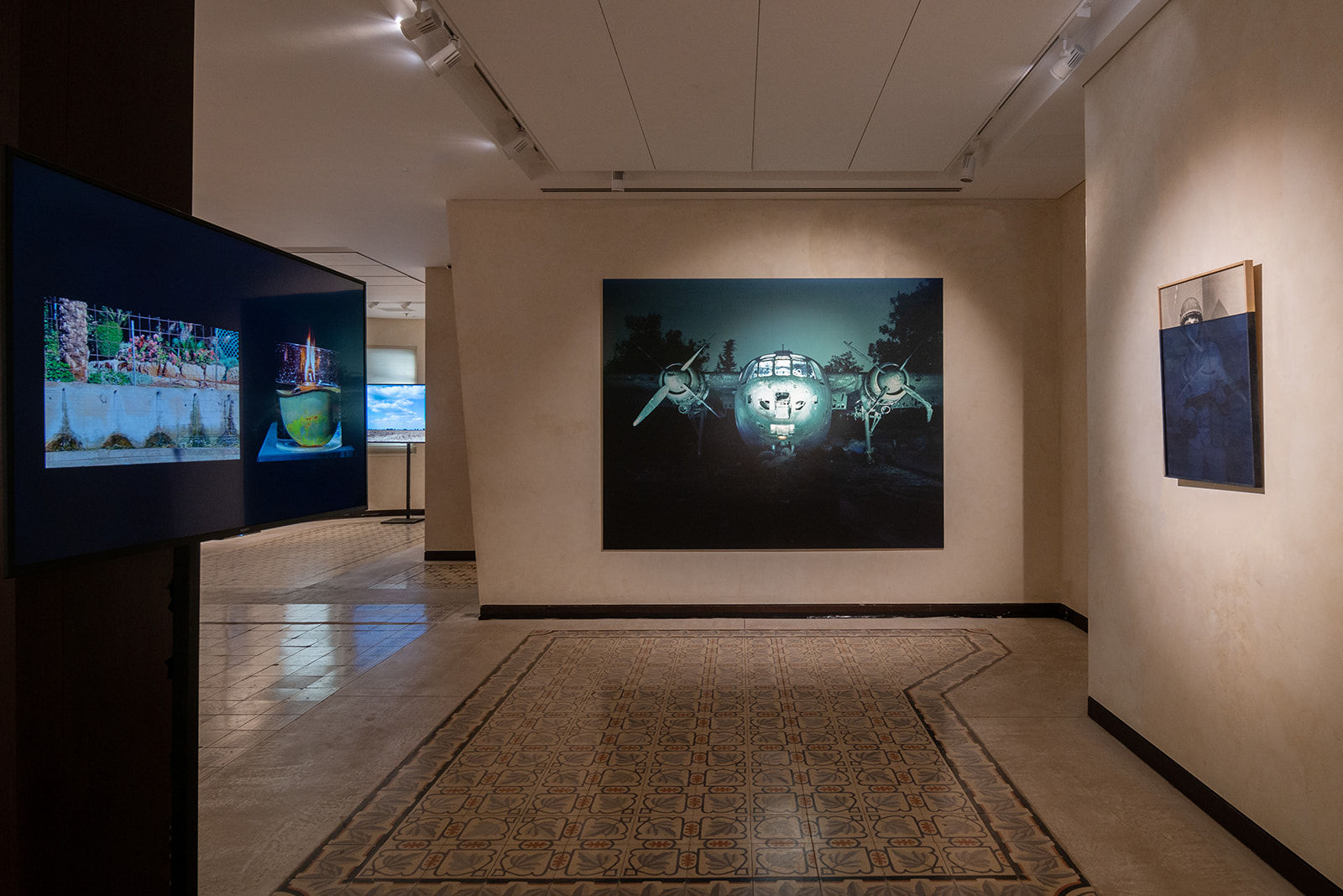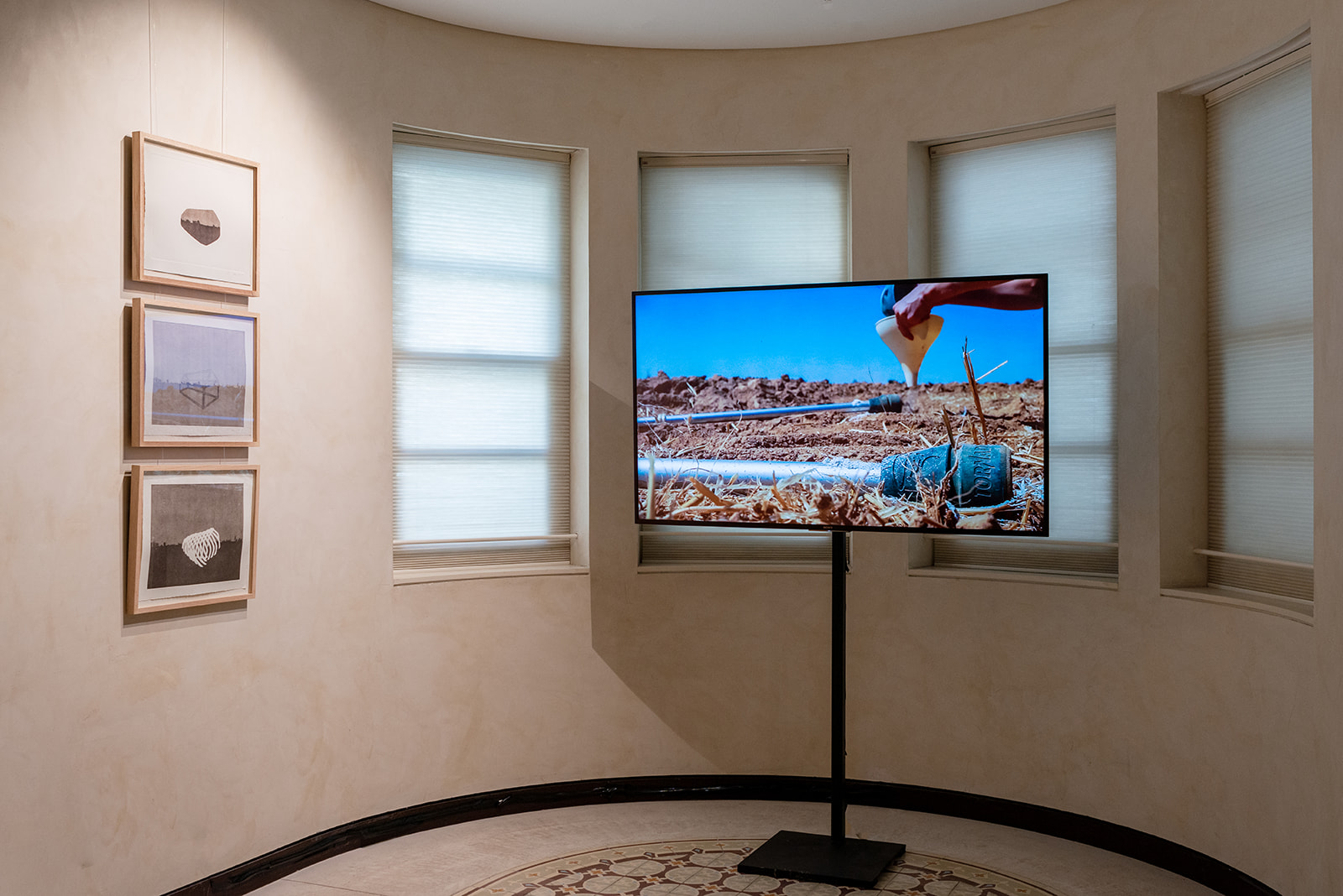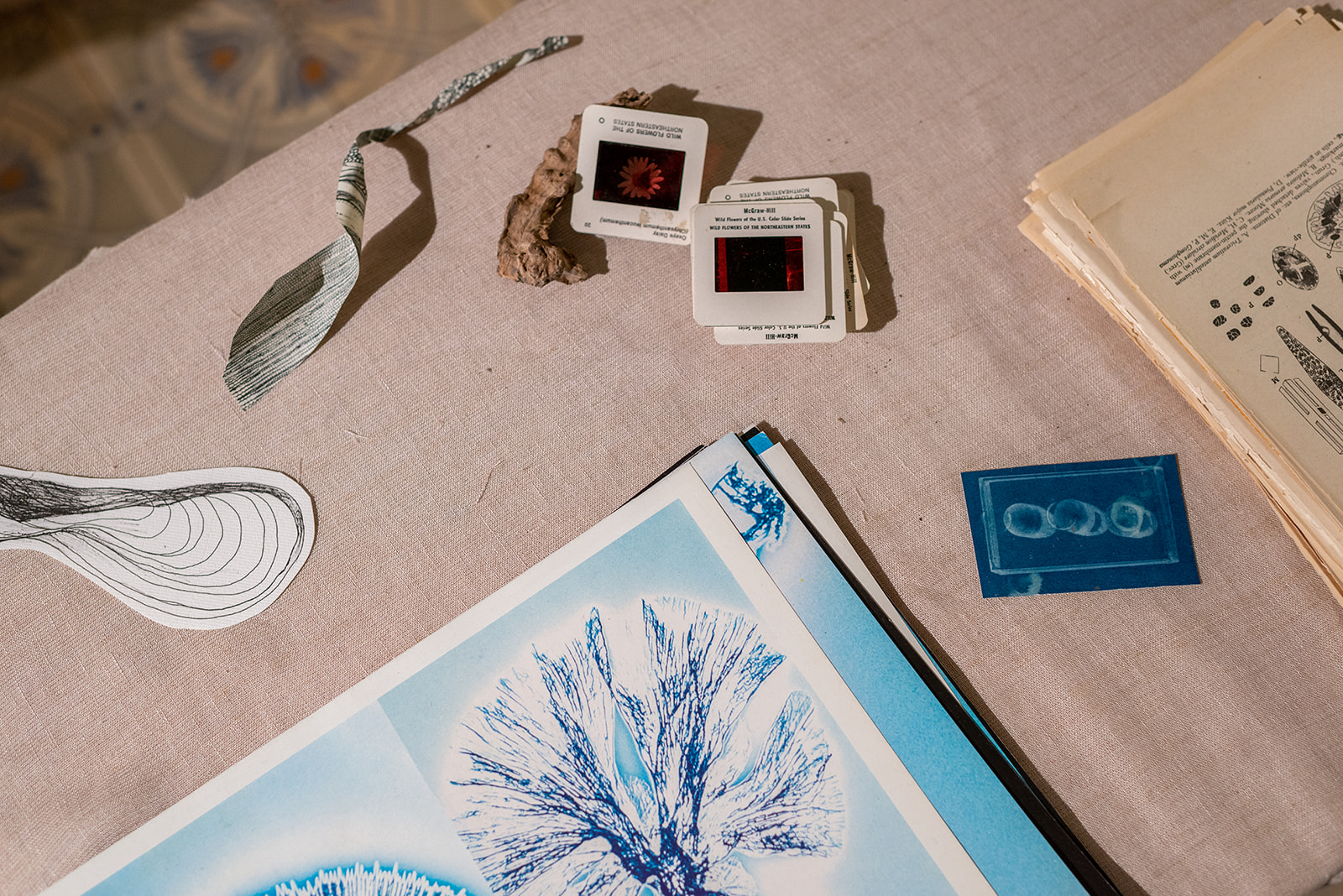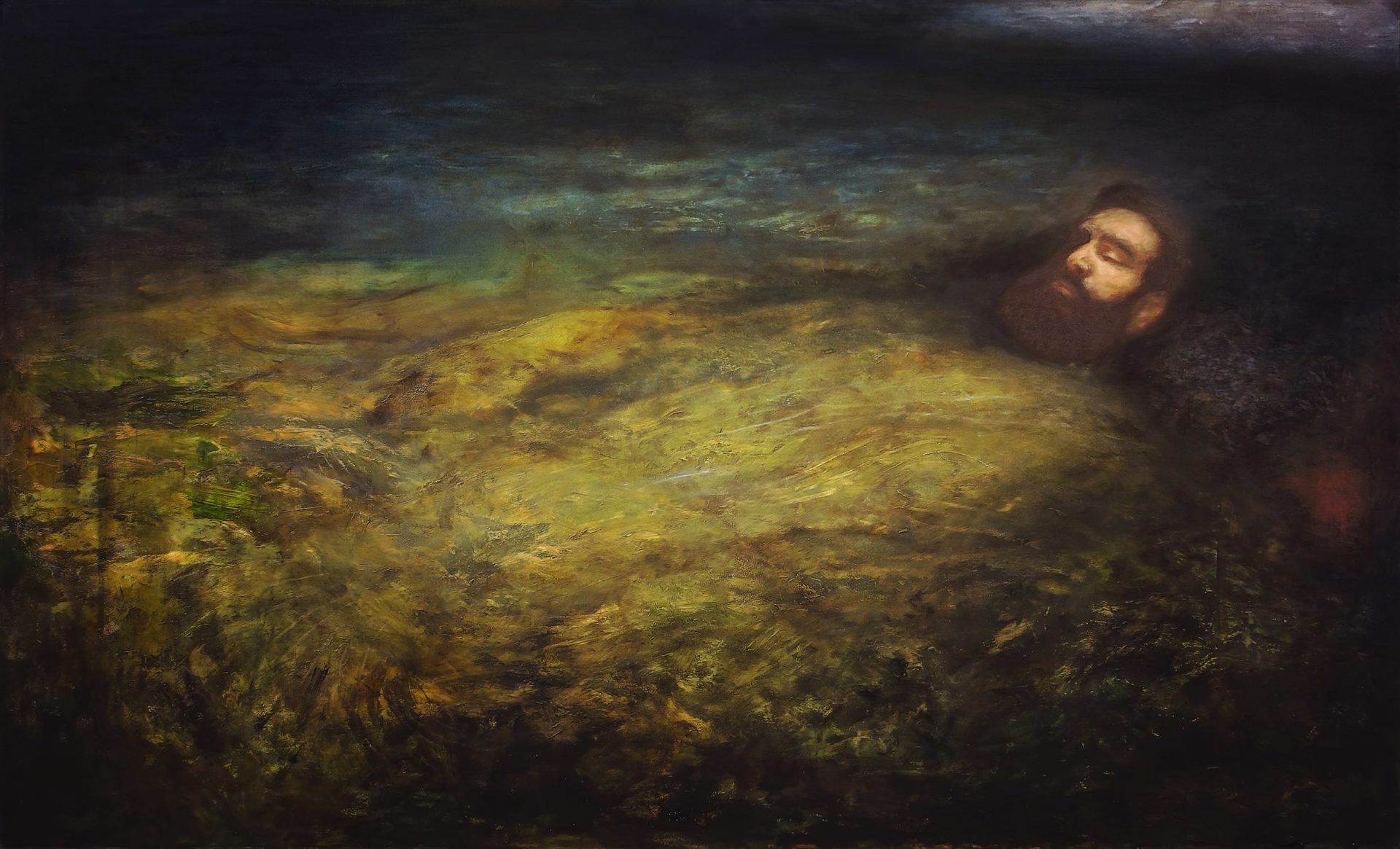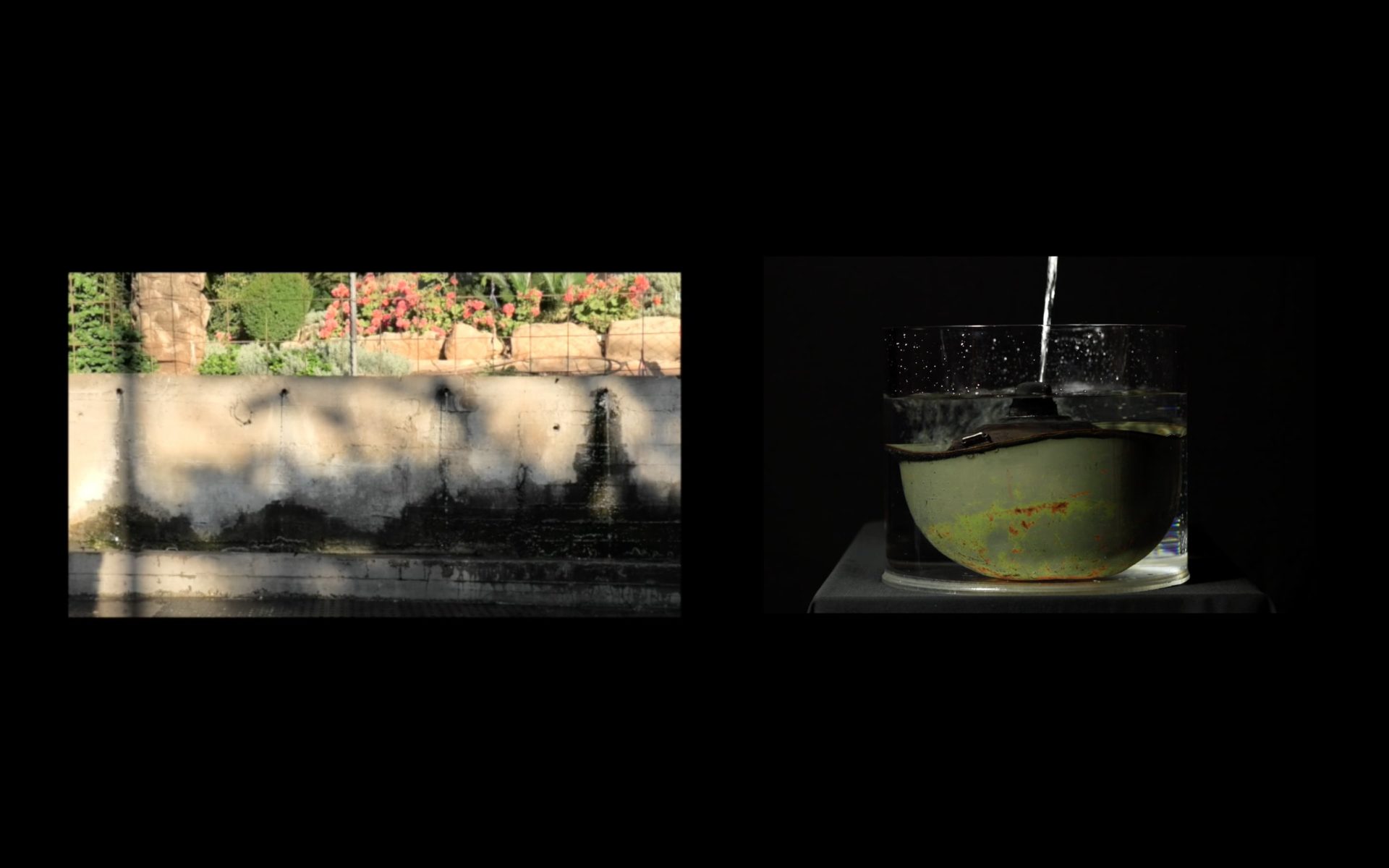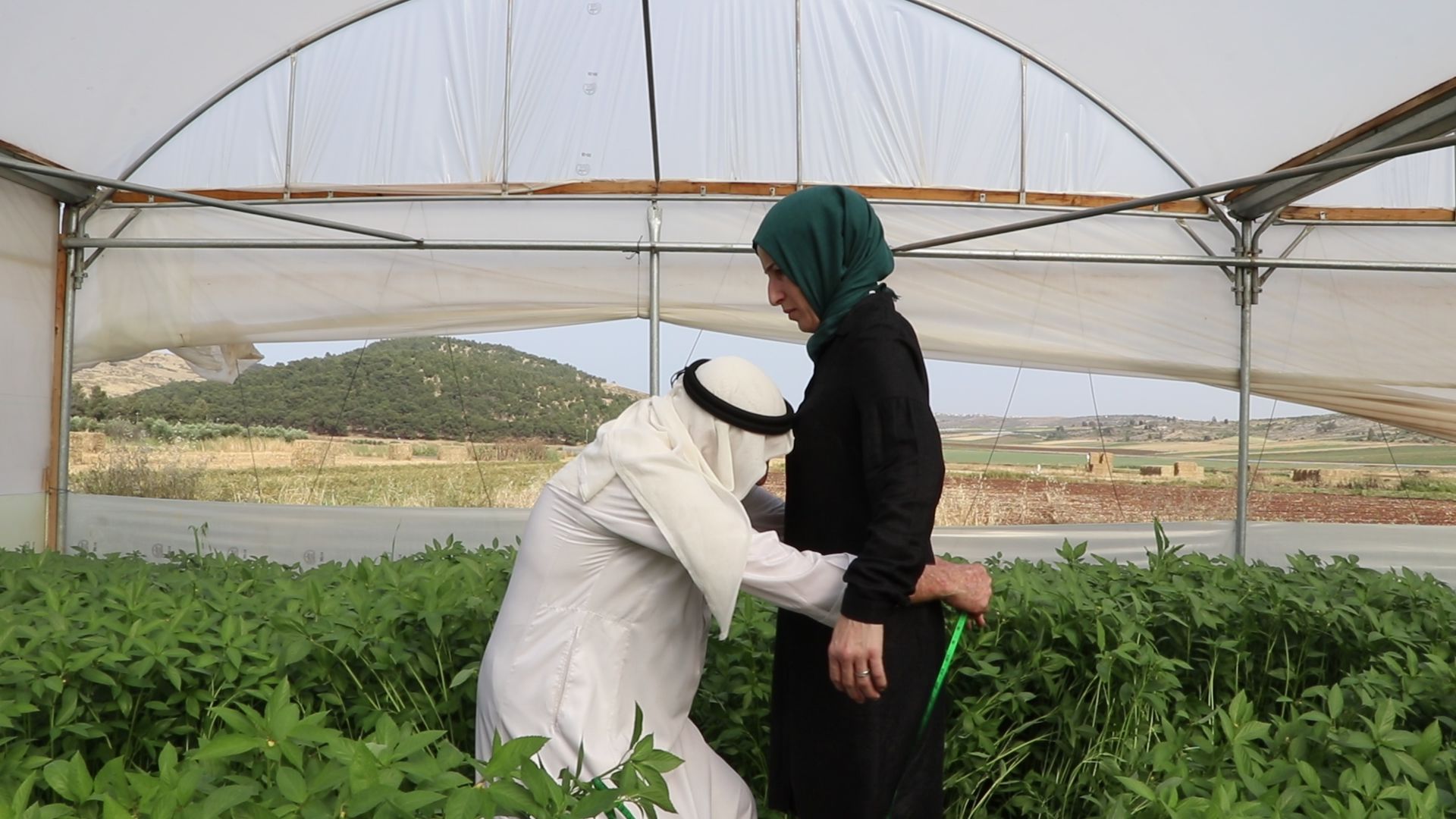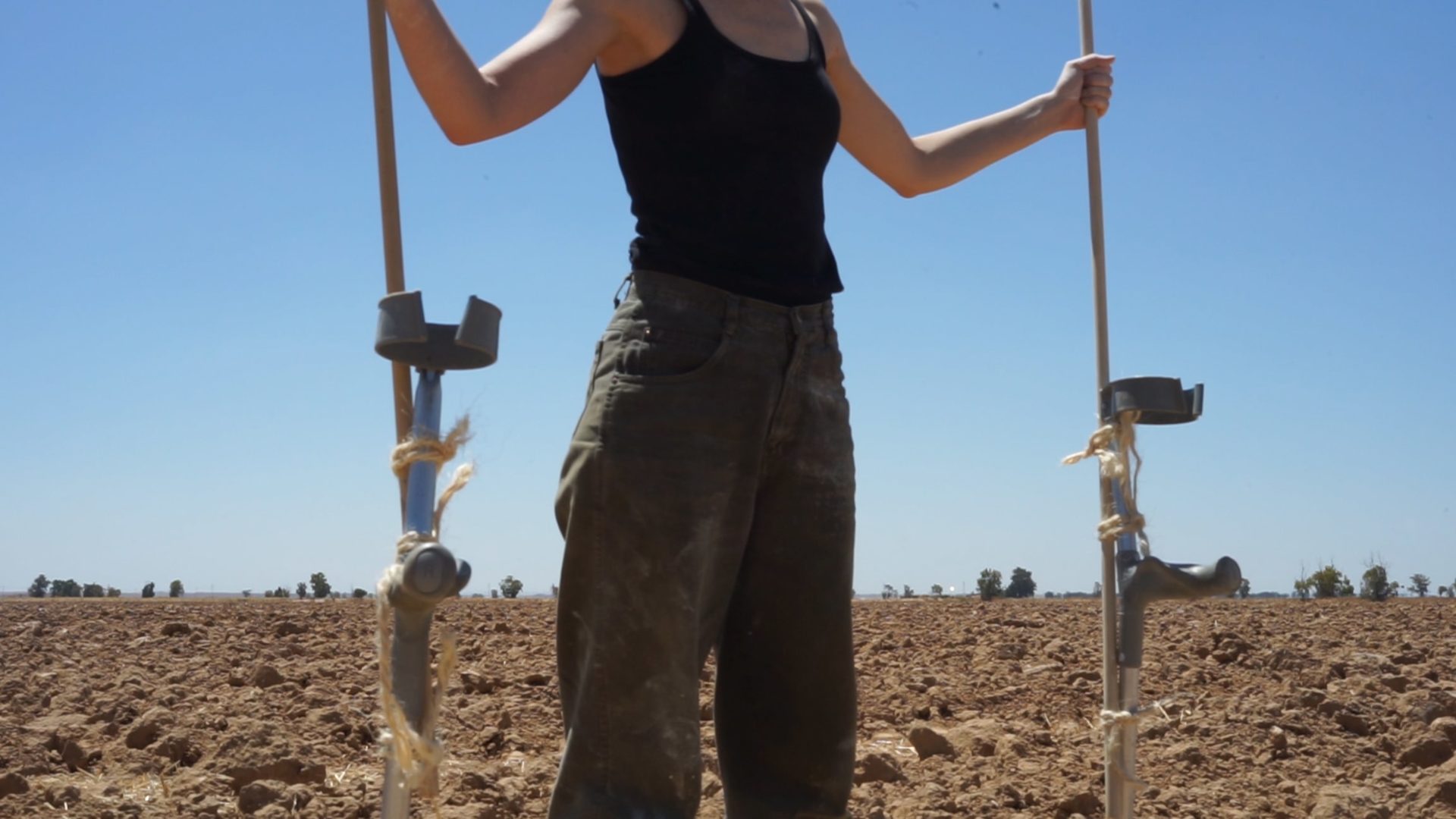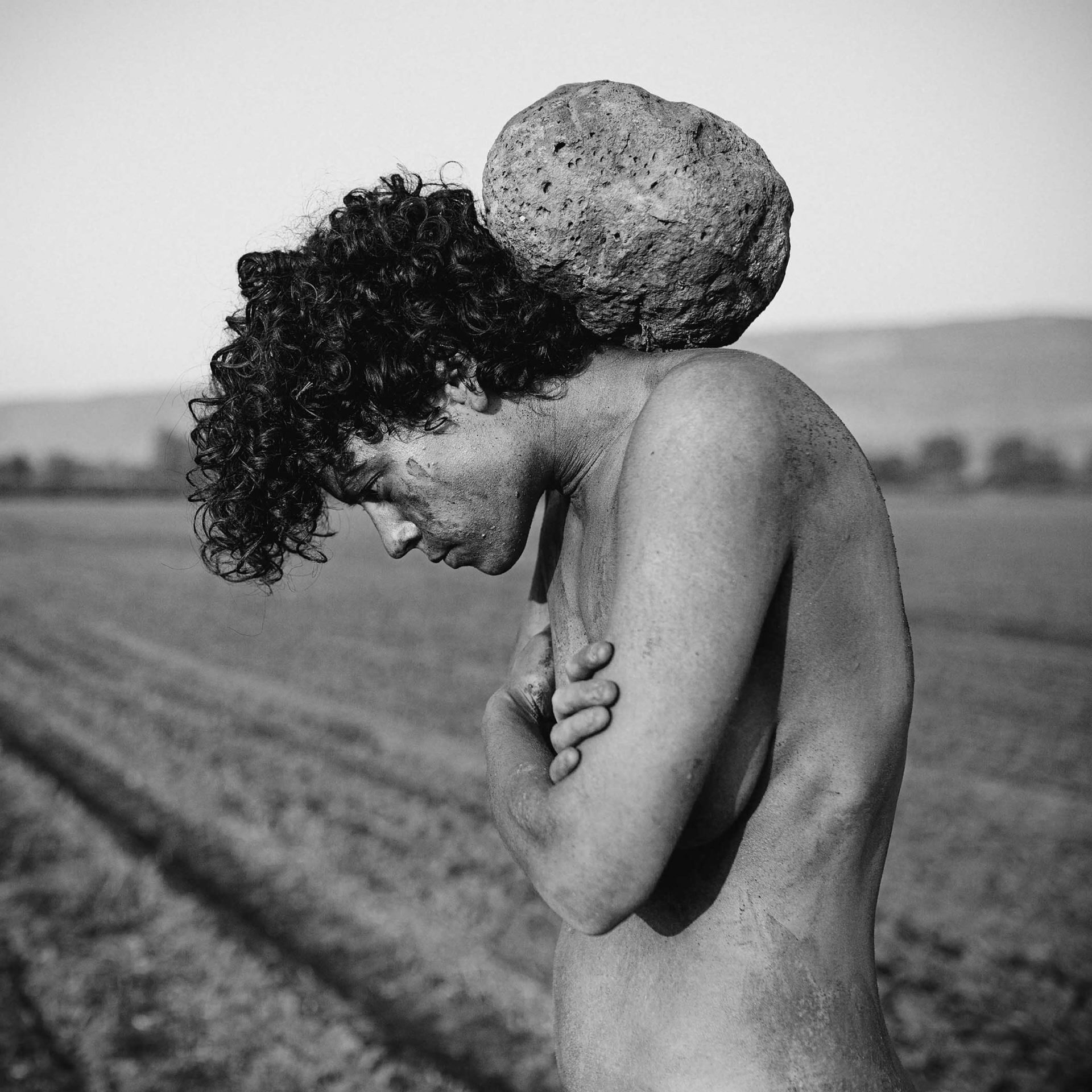The exhibition “An Isolated Footing” presents a time-lapse of reality–sequences of life that capture slow-moving changes unfolding over time. It features artworks that question the existence of solid foundations, offering ways of redefining the meaning of putting down roots through the relationship between body and home, foundations and borders.
What becomes of a building whose foundations are shaken? What happens when there is no “us” left to carry the load? What happens when our fields grow empty of fresh plants? And what if our foundations are already shallow? The works on display grapple with intergenerational relationships, drawing our attention to questions such as do we stand alone or are we supported? Are we protected? Are we searching for redemption?
Somewhere on the edge of an abyss, or maybe at a starting point, where things are on the verge of being revealed, we find living monuments that were abandoned, pushed aside, and forgotten. They had lost their function long ago. Nature and rust have grown into them, becoming an integral part of their form, turning them into abandoned nature. Their image and matter might signify something beyond language, place, and time, but they insist on remaining a part of human existence. At the core of this exhibition is the time that had transformed these monuments: the time of history, which lies within the world’s surface and substance.
The works in this exhibition remain isolated like broken monuments, looking for logic in all of this. The energy of action moves in circles–through the hands to the mind, through the mind to the body, from body to house, then outside, and back again. Highlighting the experience of carrying an emotional, historical, or concrete burden, the exhibition suggests this load can be detached even if it hasn’t been lifted. We can observe it just as it is, naked and rooted in isolation.

